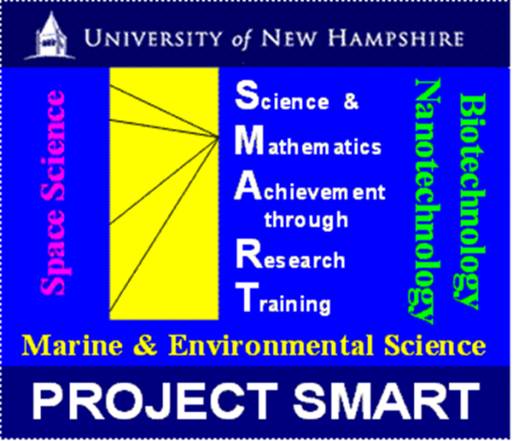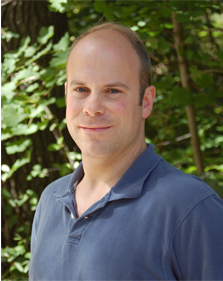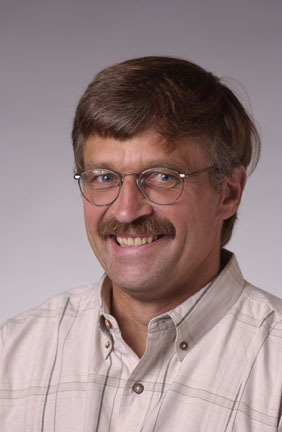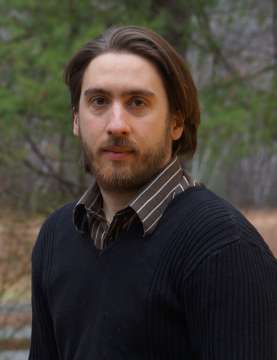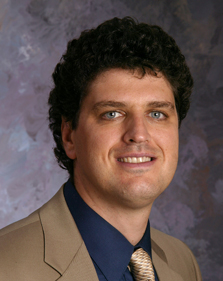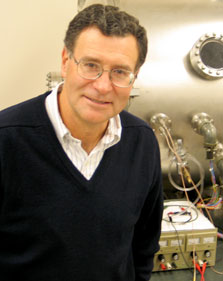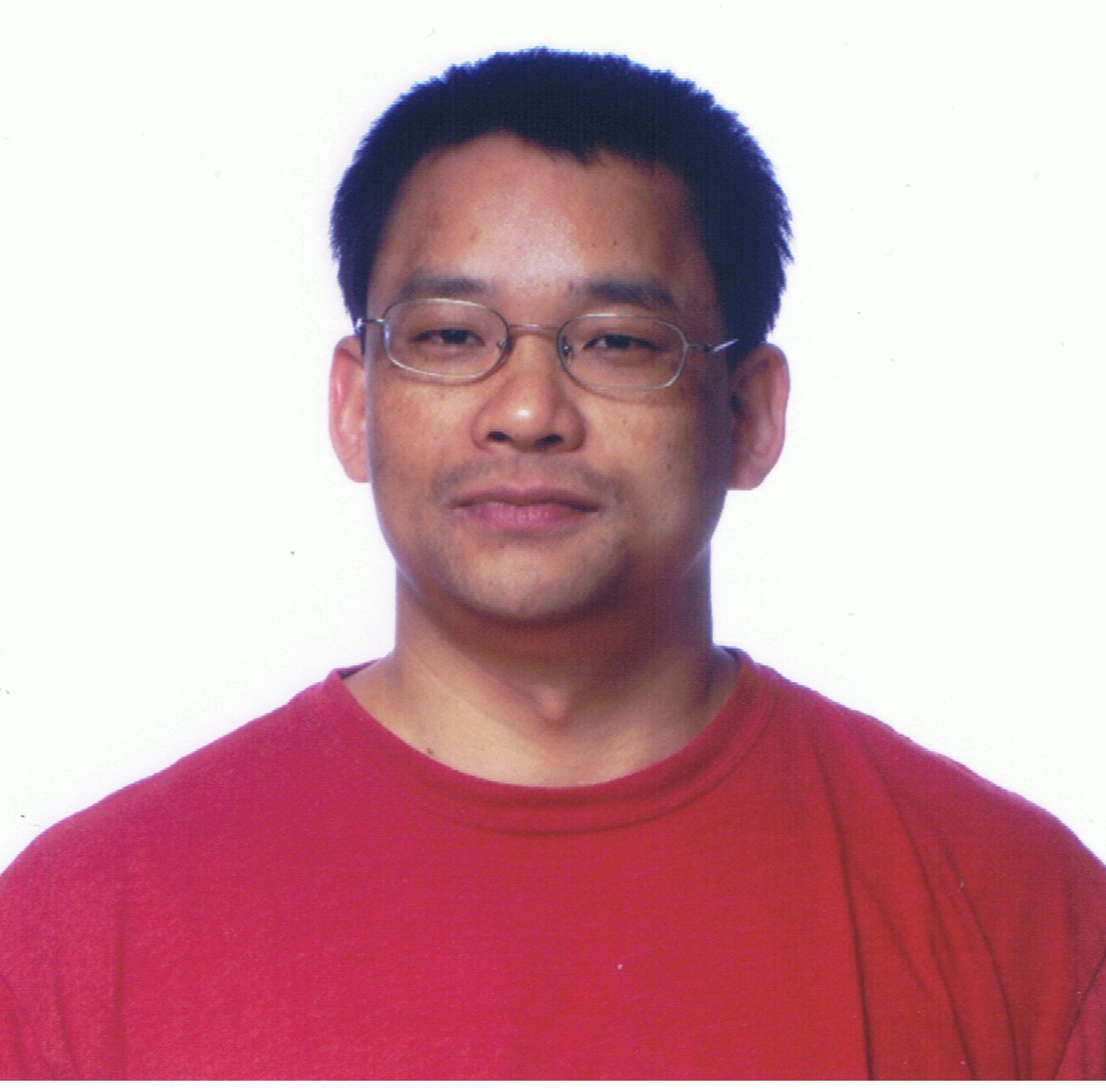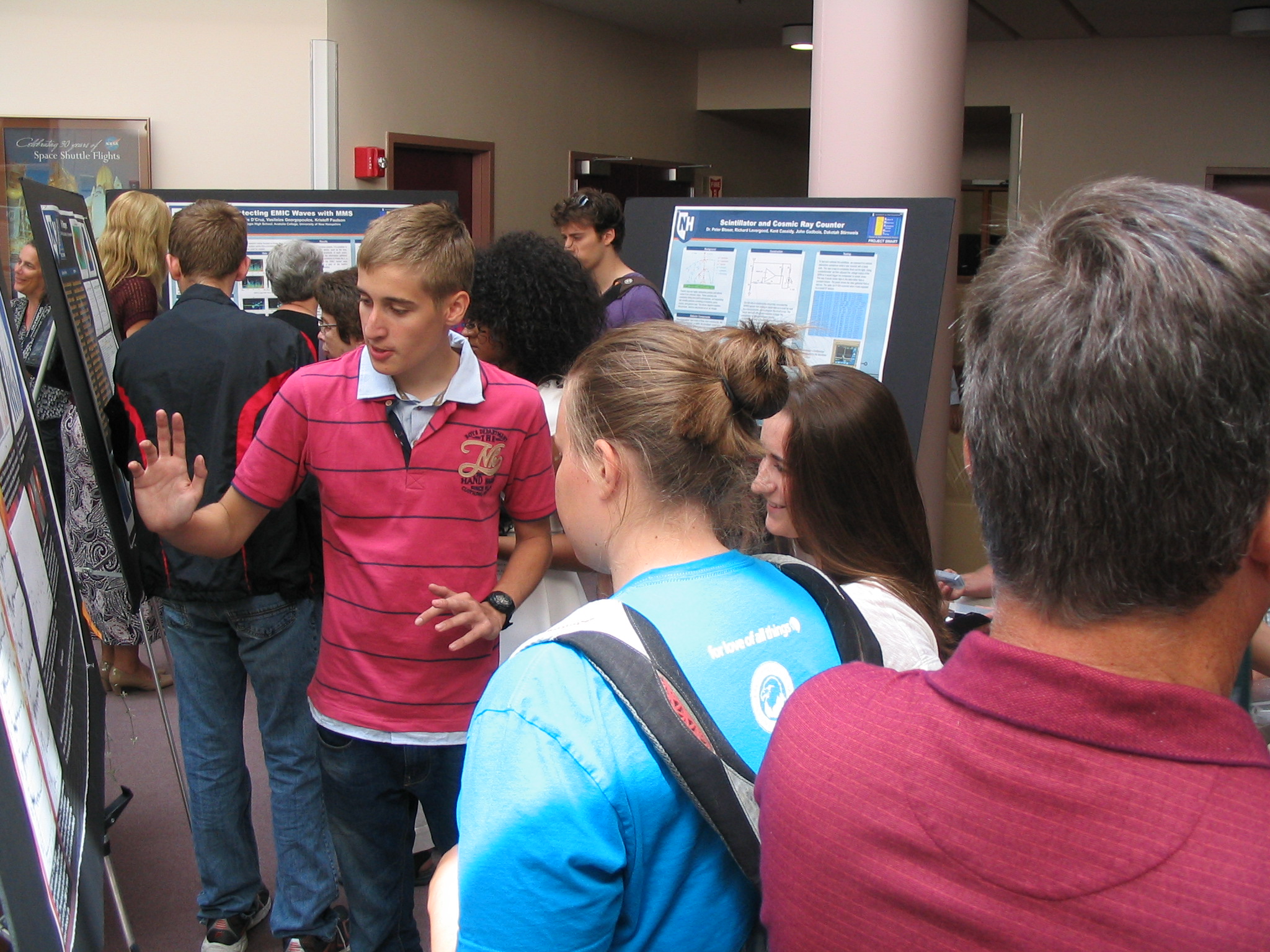The Project SMART experience within the Space Science module consists of roughly three components. Mornings are divided between two core activities. There is core physics instruction in subjects of direct relevance to the activities of that month and there is the building of a high-altitude balloon payload that is launched late in the third week of the program. The students build the scientific instruments that are flown on the balloon and as part of the program they learn to solder electronic components and build electronic circuits. There are lectures and demonstrations. The afternoons are reserved for research and at that time the students work with faculty from the Space Science Center and UNH on original research projects that are currently the subject of efforts within the center. Students work with real spacecraft data and spacecraft hardware.
All of this could not be done without the work of many talented and dedicated people. Perhaps most critical to the program are the three high school physics teachers who work with the students during the mornings. Although each brings their unique skills to the effort, they are extensively cross-trained in each other's specialty and always bring new experiences to the program. The faculty who participate in SMART do so with somewhat reduced regularity depending on what their commitments will permit. This page attempts to introduce you to some of the people who participate in the program on a regular basis.
Prof. Peter Bloser
Dr. Bloser received his A.B. in Astrophysical Sciences from Princeton University in 1994 and his
Ph.D. in Astronomy from Harvard University in 2000.
After post-doctoral appointments at the Max-Planck-Institut fur extraterrestrische Physik in
Garching, Germany, and at NASA's Goddard Space Flight Center in Greenbelt, MD, he joined the
Space Science Center at the University of New Hampshire as a Research Scientist in 2004.
He joined the SSC Research Faculty in 2009.
Dr. Bloser's research interests lie in experimental gamma-ray astronomy and solar physics. He is currently developing advanced scintillator materials for future instruments on both balloon-borne and space-borne experiments. His goal is to develop sensitive detectors and telescopes capable of making unprecedented observations of the high-energy physical processes at work in the Universe.
Prof. Bloser's bio is available at:
http://www.eos.sr.unh.edu/Faculty/pbloser
Mr. Louis Broad
AAGS Granite State College 1990; B.A. Chemistry and Physics Teaching University of New Hampshire 1993,
summa cum laude, Phi Beta Kappa; Teaching internship at Winnacunnet High School 1993-94;
Physics and chemistry teacher at Timberlane Regional High School 1994 to present;
Science Department Coordinator 2009 to present.
- Facilitated Space Science Section of UNH Project SMART from 1992 to present.
- Awarded GTE G.I.F.T. (Growth Initiative for Teachers) Grant 1999.
- Awarded American Radio Relay League Clark Grant 2001.
- Awarded Best Buy Children's Foundation Grant 2003.
- Awarded Toyota Tapestry Grant 2005.
- Awarded Presidential Award for Excellence in Science and Mathematics Teaching 2008.
- Awarded New Hampshire Excellence in Education (EDDY) 2008
- 1999 to 2006 developed and utilized amateur radio and high altitude ballooning as part of high school integrated physics and math curriculum.
- 2006 to present facilitated introduction of using high altitude ballooning for Project SMART Space Science.
Mr. Broad has been with the Project SMART program since the beginning and initiated the balloon effort.
Mr. Scott Goelzer
B.A. Chemistry and Physics Teaching 1986; M.Ed. Education 1990 University of New Hampshire;
Internship at Winnacunnet High School 86-87; Timberlane High School 87-93;
Coe-Brown Northwood Academy 93 to present.
- Space Science section of Project SMART from 1992 to present.
- Credentialed in Chemistry and Physics Education through the state of New Hampshire.
- Received the New Hampshire Governor's second place award for educational programming 1990.
- Author of online course "Inertia Matters" for WebED Inc., 2000.
- RET experiences at Laurence Berkeley Labs 1990 and CERN 2002.
- Currently serving on: The steering committee for Lowell Regional Physics Alliance, Northeastern Theorynet Group, New Hampshire Physics Teachers Alliance, and New Hampshire Science Teachers Association.
- Currently focus is in physics teaching and developing physics demonstrations.
- Co-sponsor of Coe-Brown Northwood Academy Science club where the flight vehicle design was tested, refined and constructed.
Mr. Goelzer is the chief lecturer in core physics topics and brings to the program a broad range
of interesting and informative demonstrations.
Prof. Marc Lessard
Dr. Lessard received a B.S. in physics from the University of New Hampshire (UNH),
and a Ph.D. in physics from Dartmouth College.
He has worked as a research associate at the Institute for Space Research in Calgary, Canada,
and as a research project engineer at the UNH Space Science Center.
He is a member of the American Geophysical Union and Sigma Xi's Scientific Research Society.
He is the author and co-author of numerous publications on experimental space plasma physics,
measurements and analysis of auroral phenomena, and rocket-borne and ground-based instruments.
His teaching interests include satellite systems and dynamics, analog and digital electronics,
and instilling new insights about nature, life, science, and their interconnectedness.
Prof. Lessard's bio is available at:
http://www.eos.sr.unh.edu/Faculty/marclessard
Richard A. Levergood, P.E.
BS University of Massachusetts, 1979; MF Yale University, 1982; BS Worcester Polytechnic Institute, 1988;
MS (in progress) University of New Hampshire; Project Manager, private consulting engineering firms, 1985-1996;
Engineer, State of New Hampshire Department of Environmental Services, 1996-2001;
Physics Teacher Londonderry High School, 2001- present.
- New Hampshire Registered Professional Engineer #09529.
- State certified physics teacher #70487.
- Currently teaching Honors Physics and College Preparatory Physics.
- Also certified to teach physics by the New Hampshire Community College system.
- Teaching experience also includes Principles of Engineering (Project Lead the Way).
- Led after-school electronics or high altitude balloon club to up to 15 students each year since 2007.
- Dedicated to lifelong learning and professional development.
- Continue to take for credit university level classes each year.
- Member of advisory board of New Hampshire Physics Teachers Alliance since 2011.
- Active member of Theorynet through Northeastern University since 2010.
- Active in the New Hampshire Science Teachers Association.
- Participating in space science component of Project SMART since summer 2012.
- Professional goals include inspiring students to pursue science and engineering careers by offering them modern and engaging activities inside and outside the classroom.
- Designed prototype the led student team in development of high altitude balloon flight computer hardware and software for Project SMART.
Mr. Levergood jumpstarted the circuits and electronics part of our program and through his efforts
our balloon payloads have reached a level of maturity that is unequaled in high school and undergraduate
ballooning.
Prof. Noe Lugaz
Prof. Lugaz earned a M.Sc. in Aerospace Engineering from Supaero, France and a Ph.D. in Atmospheric
and Space Science from the University of Michigan in 2007.
Before joining UNH, he spent five years at the Institute for Astronomy, University of Hawaii, where
he was an Assistant Astronomer from 2009 to 2012.
He also spent seven months in Kyoto University, Japan as a short-term JSPS post-doctoral researcher.
He was appointed a Research Assistant Professor at the Space Science Center in 2013.
His main interests include theoretical and computational modeling of various phenomena in solar-terrestrial physics, particularly coronal mass ejections, the major source of intense space weather. The main focus of his work is on performing large, parallel numerical computations of the initiation, propagation and interaction of these solar eruptions. He has also developed techniques to analyze remote-sensing observations of coronal mass ejections between the Sun and the Earth by the STEREO mission. By combining numerical simulations, the analysis of remote-sensing observations and in-situ measurements, he attempts to understand how the interaction of coronal mass ejections with the solar corona and with other eruptions modify their properties, behaviors and characteristics.
Prof. Lugaz's bio is available at:
http://www.eos.sr.unh.edu/Faculty/Noe.
Prof. Nathan Schwadron
Dr. Schwadron participates extensively in NASA missions including the Lunar Reconnaissance Orbiter
on which he is the Principal Investigator of the Cosmic Ray Telescope for the Effects of Radiation,
the Interstellar Boundary Explorer Mission on which he leads the Science Operations Center,
the Solar Probe Mission on which he leads a Science Operations Center of two of the instruments,
New Horizons, Ulysses, Advanced Composition Explorer, Wind and Cassini.
Dr. Schwadron leads a number of theoretical and modeling investigations including the Earth-Moon-Mars Radiation Environment Modules, the PREDICCS project, and the Corona-Solar Wind Energetic Particle Acceleration (C-SWEPA). Dr. Schwadron is also a Co-PI on the NSF Sun-2-Ice project.
Dr. Schwadron studies the effects of radiation, acceleration of energetic particles and cosmic rays, origins of solar and stellar winds, X-rays produced in the solar system, the boundaries of our solar system, and the local interstellar medium. His Publications appear in Science, Nature, Spaceweather Journal, Astrophysical Journal, Journal of Geophysical Research, Geophysical Research Letters, Space Science Reviews, Astrophysical Journal Letters.
Prof. Schwadron's bio is available at:
http://www.eos.sr.unh.edu/Faculty/nathan.
Prof. Charles W. Smith
Dr. Smith is the data Manager for the ACE Magnetic Field Experiment and RBSP/EMFISIS Magnetic Field Experiment.
He is engaged in studies of interplanetary magnetic field and turbulence,
wave excitation via kinetic plasma processes, structure and evolution of coronal mass ejections,
shock acceleration of energetic particles, and interpretation of spacecraft data.
Dr. Smith has been involved in Project SMART since 2004. He is the current lead for the Space Science component and usually provides research projects having to do with spacecraft data analysis of the interplanetary medium. His recent projects have included the study of interplanetary turbulence, waves excited by newborn interstellar ions, and the acceleration of charged particles by interplanetary shocks.
Prof. Smith's bio is available at:
http://www.eos.sr.unh.edu/Faculty/charlessmith.
Prof. Roy Torbert
Dr. Torbert is a former Dean of the College of Physical Sciences at UNH and a former director of
the Space Science Center.
He is currently the head of the fields suite on the Magnetospheric Multiscale (MMS) spacecraft
and provided the EDI instruments for those four spacecraft.
The Experimental Space Physics Group focuses on construction and analysis of instruments to measure the properties of both particles and fields in these regions. Our group is providing an array of instruments in the large NASA program called the International Solar-Terrestrial Physics Program, including particle spectrometers far out into the solar wind, upstream of the Earth's magnetic cavity (or "magnetosphere"), around the moon, and possibly to a nearby comet; an array of spectrometers over the pole of the Earth investigating the acceleration of plasma in the aurora (the processes all thought to be the same as those in solar flares or in active stellar systems and galaxies); and a set of innovative sensors for determining the electric and magnetic fields in space using test electron beams on a joint program with NASA and the European Space Agency called Cluster, involving four identical spacecraft.
Prof. Torbert's bio is available at:
http://www.eos.sr.unh.edu/Faculty/roytorbert.
Prof. Jichun Zhang
Prof. Zhang earned a Ph.D. in Atmospheric and Space Science from the University of Michigan in 2006.
Before joining UNH, he spent two years in the Physics and Astronomy Department, Rice University,
Houston, TX, where he was a Postdoc Research Associate from 2006 to 2008.
He was appointed a Research Scientist at the Space Science Center during 2008-2014 and a Research
Assistant Professor at the Space Science Center and Department of Physics in 2014.
His research interests primarily lie in Earth's magnetosphere, specifically in EMIC waves, physical processes responsible for injecting particles from the magnetotail through the plasma sheet into the inner magnetosphere, geoeffective solar wind structures, plasma sheet properties in geomagnetic activity, ring current sources, and geomagnetic storms and substorms. The involved approaches include data analysis, numerical modeling, and data-model comparisons. So far, he has involved into the Cluster and Van Allen Probes missions.
Prof. Zhang's bio is available at:
href="http://pubpages.unh.edu/~jpw423/.
Seminar Topics:
In addition to those faculty and teachers who guide the research and building efforts, many faculty
contribute seminars on specific aspects of space physics.
These seminars both broaden the discussion and provide insights into the research that is performed
during the month of activity.
This is a list of faculty members who have recently given talks to the Project SMART students and
the subjects they have spoken on:
- Prof. Jim Connell speaks on cosmic radiation
- Prof. Terry Forbes speaks on The Sun and Coronal Mass Ejections
- Prof. Toni Galvin speaks on the science of the STEREO spacecraft and mission
- Prof. Marty Lee speaks on the theory and concepts of particle acceleration at shocks
- Prof. Cliff Lopate speaks on how NASA builds spacecraft
- Prof. Mark McConnell speaks on the science of high-altitude ballooning and the GRAPE mission
- Prof. Nathan Schwadron speaks on IBEX and the termination region of the solar wind
- Prof. Roy Torbert speaks on the science of the magnetosphere and the MMS mission
On the last day of the program students present posters describing their research and balloon
flight to one another, family members, and the faculty of the University of New Hampshire.
It never ceases to amaze how much they have learned and how much they have accomplished in
such a short time.
There is much more to learn about Project SMART and the Space Science module. We encourage you to read our other web pages for more in-depth information.
...to return to the main page for Project SMART.
...to return to the main page for the Space Science component of Project SMART.
...to return to the student pages for the Space Science component.
...to return to the teacher pages for the Space Science component.
Financial support for Project SMART is provided by the Dean of the College of Life Sciences and Agriculture, the Dean of College of Engineering and Physical Sciences, NH Space Grant Consortium, NSF-NH EPSCoR Grant, NH Sea Grant program, and the UNH Nanogroup.
